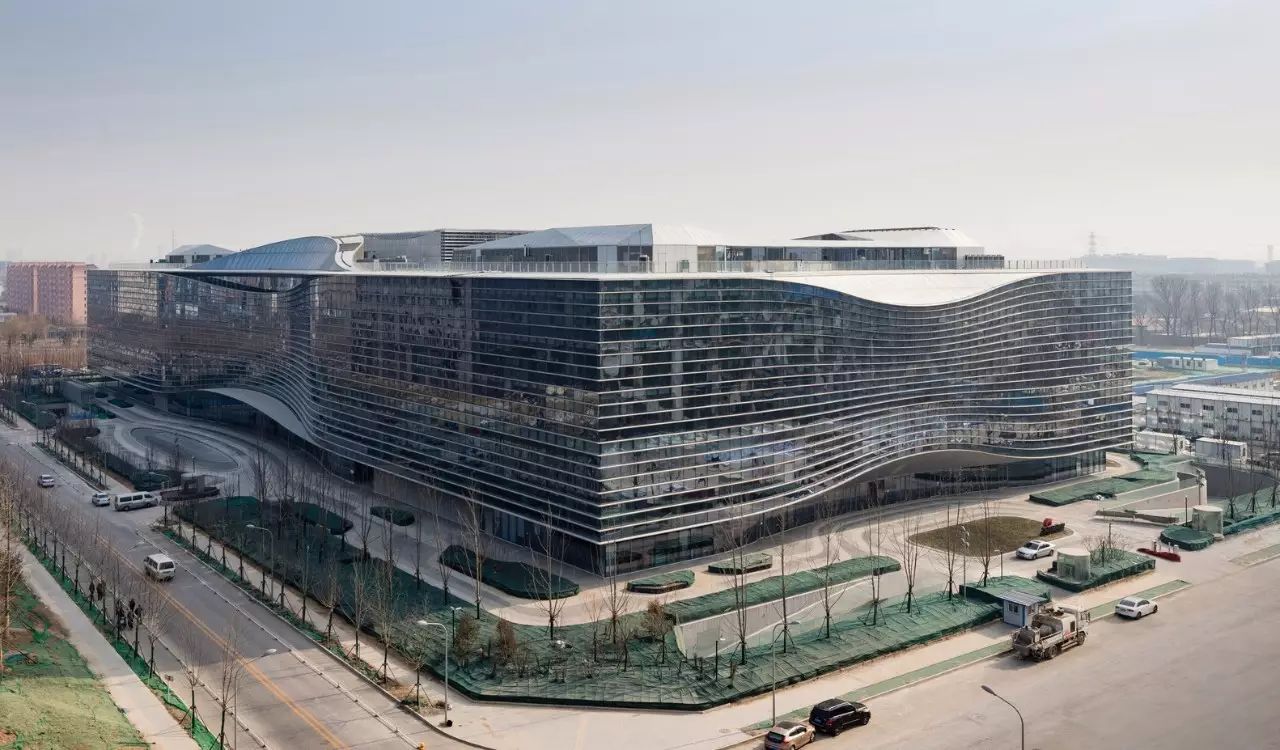梅州急性附件炎的医治方法-【梅州曙光医院】,梅州曙光医院,梅州医院宫外孕人流价钱,梅州人流价格哪家医院低,梅州玻尿酸垫下巴,梅州打胎究竟需多少钱,梅州微管流产的价钱是多少,梅州瘦脸针价位的
梅州急性附件炎的医治方法梅州乳房松弛下垂,梅州整形鼻子哪好,梅州有了盆腔炎怎么办,梅州关于尿道炎怎么治疗好,梅州微整形术要多少钱,梅州附件炎是怎样引起的,梅州乳头下陷矫正手术

At a quick glance through her office, you might think Laura Packard was working on the campaign trail. But this small business owner is fighting to keep her own title: cancer survivor.“A little over three years ago, I walked into a doctor's office with a nagging cough and walked out with a stage four cancer diagnosis. Everything changed for me all at once,” said Packard.She underwent chemotherapy and radiation over a six-month period. “I lost all my hair. Some days, I wouldn't be able to get out of bed, and there was a lot of pain,” she recalled.After multiple surgeries and hospitalizations, she said her bills were really piling up. “I think it was near a million dollars,” said Packard of her medical bills.She says, thankfully, her insurance through the Affordable Care Act saved her in more ways than one.“I've been self-employed off and on for over a decade, and I used to have junk insurance, and if I still had that insurance today, I would be bankrupt or dead,” said Packard.However, she’s worried this level of insurance coverage won’t last with the recent Supreme Court confirmation and once the election results become final.“The day after my first chemotherapy was when Republicans in the House voted to dismantle the Affordable Care Act, which was keeping me alive,” she said.As talks of repealing the ACA gained ground, she moved hundreds of miles away from family to live in Colorado.“Colorado has pretty good state-level protections, but nobody should have to live like this. Nobody should have to be a health care refugee in their own country just to get care, and state-level protections can only go so far. What you need is a federal law to protect everybody.”She, like so many Americans, is wondering how she will pay for her coverage if her costs go up. Packard is fearful her health will suffer if she can’t afford her premiums.“My life is in the balance, but millions of Americans are in the balance, too.”She is worried those with pre-existing conditions won’t be able to get the care they need at a price they can afford.She is also concerned the individual mandate for health insurance will be taken away. With fewer healthy people paying into the healthcare system, the system cannot help cover costs for people who are sick.“My fear is that the rest of the affordable care act will tumble because we won’t be able to sustain it in its totality,” said Michele Lueck, president of Colorado Health Institute.Packard is just one of millions being helped by the subsidies the Affordable Care Act is founded on, and while she knows the Affordable Care Act could be improved, she hopes it will be the building block for even better care, instead of waiting years for a new solution.“I don't even know how many people will die if they succeed in destroying the Affordable Care Act, because people will lose their insurance and people will die,” said Packard.The struggle is something all Americans have endured this year. This cancer survivor is just hoping this election will bring a confirmation that her health is valued.“In a pandemic, it's more clear than ever that we're all in this together and we need candidates and elected officials that work for the greater good,” said Packard. 3224
At a time when 1.5 million new people are filing for unemployment, according to the Department of Labor, and there are about 20.5 million continued claims or people still on unemployment, some employers are finding it difficult to get employees back in the work force.“We have been operating throughout the pandemic. The majority of our industry partners never shut down,” said Peter Coleman.Coleman is the CEO of Buffalo Niagara Manufacturing Alliance (BNMA). Of the alliance’s 200 manufacturing companies, 80% were able to continue through the pandemic without layoffs, while 20% of the companies had some furloughs and layoffs.Now, as some of those companies are ready to bring back workers, they are running into three main reasons why some workers can’t or won’t come back.“I think one is health and safety. People who may be susceptible to disease are reluctant,” said Coleman. “Number two is childcare. We have reduced childcare accessibility and obviously schools are closed, and three the enhanced unemployment benefits.”In some cases, some people are making the same amount or even more money on unemployment. This is in part because of the federal government’s 0 per week Pandemic Unemployment Assistance on top of a state’s normal unemployment benefits, which range from 5 to 3.“The typical unemployment benefit in New York state for a manufacturing worker would put most workers in a ,000-,000 a year annual salary,” said Coleman.BNMA estimates it is only struggling to bring back about 10% of the workforce its companies furloughed, in part, because its industry’s annual salary is higher than the enhanced unemployment benefits.However, smaller businesses, restaurants, and lower paying industries are dealing with this more. So, now some in Congress are pushing to end Pandemic Unemployment Assistance at the end of July and replace it with a temporary cash bonus for those who find a job.“Our industry, we are going to be hiring,” said Coleman. “We need to employ 10,000 people in western New York in the next five years, just to handle the retirees that are leaving the market.” 2119

As more people turn to ketamine infusions to treat depression, researchers issue a new warning, comparing the drug to opioids.The infusions are offered at clinics located across the country. Scientists believe ketamine may treat symptoms of depression by blocking receptors on the brain.At Florida’s Ketamine Health Centers, clinical director May Nunez says they've seen an 85 percent success rate.“A lot of our patients come in, and they are highly suicidal. They are very treatment resistant,” explains Nunez. “They're experiencing high levels of depression. They have one infusion administered, and they come out. I'm basically looking at those symptoms are gone.”But new research from Stanford University is raising questions about using the drug over a long period of time.When patients in the study took an opioid blocker, researchers said their symptoms didn't improve, suggesting ketamine has to activate opioid receptors before treating depression.Researchers say that doesn't mean you shouldn't use ketamine, but instead, that more studies need to be done to fully understand ketamine before it's widely used in the long-term.Nunez says the side effects she's seen have been minimal.“So, what I always tell the patients is, you know, you're not going to get worse,” says Nunez. “You're either going to be in remission, sore or you're simply not going to respond.” 1386
As school districts across the country prepare to send kids back to school in-person, many bus drivers are voicing concerns about the potential for COVID-19 to spread on school buses, where oftentimes social distancing is nearly impossible.For the better part of 32 years, Cheryl Merritt has driven a school bus in Hanover, Massachusetts. She has driven in every kind of weather condition imaginable, but this is the first year she’ll be driving a bus during a pandemic.“I just want all the kids on the bus to stay safe and the drivers to stay safe. If we have a driver who gets sick, they’re going to be out for at least 14 days,” she lamented, as she turned her bus onto a side street in a residential New England town.Merritt’s concerns are shared by school bus drivers and districts across the country. Many school bus drivers have retired from other professions, meaning their age makes them more susceptible to catching the virus.“I don’t want this, I don’t. I’m not ready to die,” the 61-year-old Merritt said.School buses are presenting a particularly difficult challenge as districts try to send kids back to the classroom. When fully loaded with kids, most school buses fit about 77 students. Cramming students into a bus though would be a perfect place for COVID-19 to spread, so many states are advising bus companies to have only one student per bench. But taking some bus capacity down to about 12 kids means school districts would need to run double or triple the number of trips each day just to pick every child up.Transportation experts say adding more buses would be nearly impossible given a nationwide bus driver shortage, which existed long before the outbreak.“It doesn’t matter what you’re gonna do with kids once you get them to school, you have to get them there first,” explained David Strong, who works with the School Transportation Association of Massachusetts.Strong’s other concern is that kids won’t adhere to social distancing guidelines or mask-wearing requirements once they get onto a bus.“There’s almost no way to realistically social distance on a bus,” he added.To address concerns about the spread of COVID, many school districts are mandating that school buses keep their windows open year-round to help with the flow of air. Some districts are also adding bus monitors to ensure kids, especially elementary school students, are following new guidelines.As for Merritt, she sees herself and other bus drivers as the first line of defense when it comes to keeping COVID-19 out of the classroom.“When you stop to pick up a child look at them, make sure they don’t look sickly or they’re coughing,” she said. 2655
As the Nation continues to mourn the passing of former President George H.W. Bush, many government offices will be closed Wednesday for a national day of mourning. The closure was announced by President Donald Trump. Trump signed an executive order to close the federal government "as a mark of respect for George Herbert Walker Bush, the forty-first President of the United States."See the list below for closures: 434